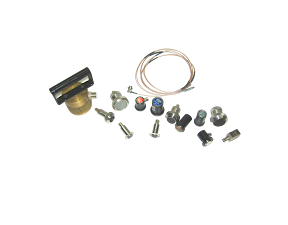BASIC VIBRATION THEORY AND TECHNIQUES OF ULTRASONIC TRANSDUCER DESIGNS

A typical ultrasonic transducer is a device operational as a sound-based sensor. It involves sending electrical signals to an object and on completion of the signal it reverts. It is an essential component for several ultrasonic processes. It is critical to various applications and works on the basic vibration theory. They are controlled and characterized for all models. RTUL designs ultrasonic transducers that create a vibrational range above human hearing. Being experts in understanding the techniques and applications, our models start from a frequency range of 20 kHz. They measure distant applications. This post puts the spotlight on a transducer’s working principle to achieve the frequency and usability of an application. Click here for More Information Understanding the working principle Application of electric signal Vibration in a frequency zone Generation of sound wave Process Sound wave reflects obstacles in the form...

.png)